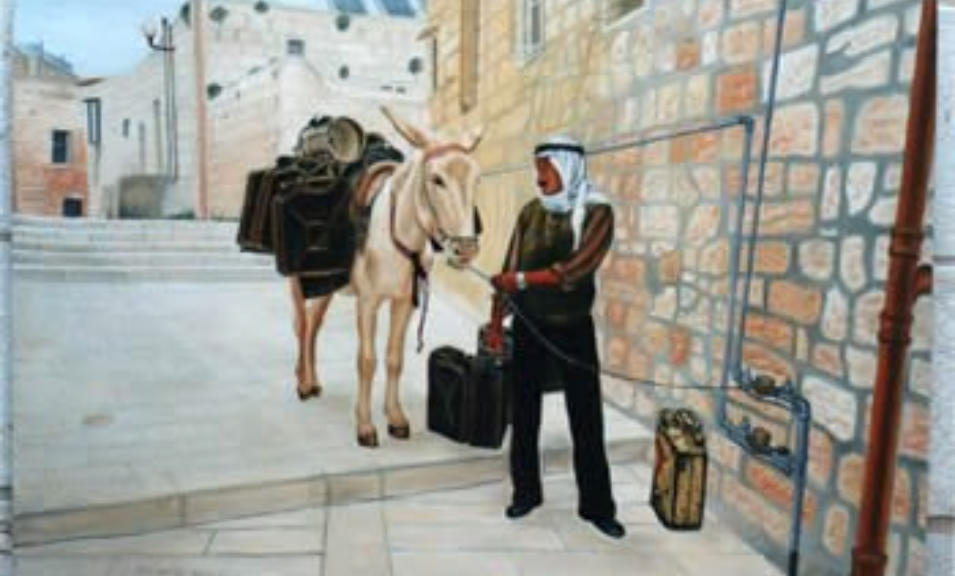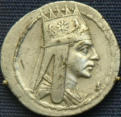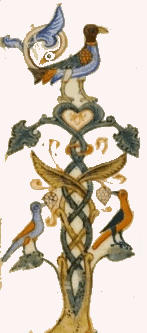

Armenian Jerusalem





The Armenians of Jerusalem have had their share of poets,
troubadours and story-tellers, but although records or anthologies of
the accomplishments of previous generations are non-existent, memories
still linger among their descendants, some of these very vivid.
Among one of the most intriguing skills the old ones proudly
possessed, and displayed at the drop of a hat, was that of the
manufacture of tall stories. Audiences even had a special appellation for
the practitioner of this kind of art: "Abu 'l Haul," the Arabic name for
the Sphinx at Giza in Egypt. The reference or connection is not clear -
the word "Haul" (as in 'hole') literally signifies terror or great
dismay, and "abu" (literally, 'father') is an attributive construct
carrying the meaning "of", "owner of".
Most of these accounts detailed exaggerated first person exploits
but some were based on fairy tales whose origins are unknown. There was
the story of the three friends each of whom had a unique talent,
including invisibility, which enabled them to garner vast riches.
Another, rated M, told of a man who complains to a rooster: "Isn't it a
shame that your crowing at dawn wakes people up from their beautiful
sleep?" and when the rooster concurs, he promptly wrings its neck.
Stories of ghouls and other unclassified fiends and monsters
abounded - including the bear that devoured every creature around him,
but spared his mate.
The songs were haunting melodies of love and nostalgia for the
Armenian Quarter had tasted an inordinate slice of humanity's painful
woes, one of the most tragic the death of the pretty stewardess, Hoppig
Ohannessian, in a plane crash.
Among the current crop of writers and philosophers, more attuned to
the nuances of perpetuity, poetry in the classic sense has been a more or
less rare indulgence. Kevork Jinivizian, resident poet of the Armenian
Quarter over the past half century, the veteran subeditor of the
Patriarchate's official organ, "Sion," and a lonely often misunderstood
man, has produced a handful of poems in Armenian. One of his anthologies
is called "Streams of tears."
Although a healthy crop of teachers and educators was available to
cater to the Armenian young, few have availed themselves of the academic
opportunity to pen down their thoughts, dreams or stories. Novelists have
therefore remained an endangered species. Abraham Kankashian, a
universally popular and inspired teacher, would only produce one slim
volume of short stories, "An Armenian Medley." John Rose, whose mother
was a midwife serving in the Armenian Quarter, has penned a touching
reminiscence of life there.
Journalism has attracted a number of Kaghakatsis. In recent days,
Aram Belian attained to the post of editor of Israel TV's Arabic section
after working on the now-defunct "Jerusalem Times," while Johnny Zakarian
found his vocation on a local paper in the US.
Haig Khatchadourian ranks among the most distinguished man of
letters and philosophers in the US and here in Jerusalem, Anoush
Nakashian continues to provide inspiration for aspiring poets in
Jerusalem.
Kevork Hintlian and Albert Aghazarian are renowned for their
scholarship: their insight into the history of the Middle East region and
analytical acumen are without peer.
Khatcho Khatchadourian was instrumental in launching one
English-language newspaper, "The Daily News" in Kuwait, and also edited
"The Jerusalem Times" and "The Kuwait Times" before his untimely death
during the Lebanese civil war.
In Australia, Chris Mirana, whose mother was a kaghakatsi and whose
father was Syriac, produced an Arabic translation of one of
Krishnamurti's books.
But over and above all, it is the Armenian church that has produced
some of our nation's most eloquent writers: in recent years, the most
noteworthy have been our patriarchs, Yeghivart (Yeghishe Derderian) and
TAM (Torkom Manoogian).





















